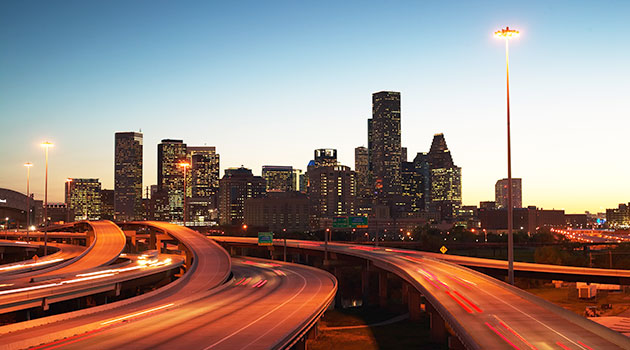There’s no doubt America is an auto-powered nation. The average citizen spends 17,600 minutes—that is, 293 hours, or 12 full days—in a car each year, according to a 2016 AAA report.
And with so much time spent on the road, researchers at statistics-focused website Wallethub took it upon themselves to rank which states are best and worst for American drivers.
The ranking criteria incorporated a number of different considerations, including the cost of car ownership and maintenance, amount of rush hour congestion, road and bridge quality, average commute time, average traffic fatality rate, car theft rate, the strictness of highway patrol on issues like DUI and speeding, and gas prices in a given state.
With that in mind, the top five states to drive in are:
- Texas
- Kansas
- Nebraska
- Iowa
- North Carolina
The Lone Star State received especially high marks for its access to vehicles and maintenance services due to its large number of car dealerships, auto repair shops, car washes, gas stations, and parking lots per capita.
On the flip side, the five worst states to drive in are:
- Connecticut
- California
- Maryland
- Washington
- Hawaii
Each state's high cost of vehicle ownership and maintenance was most to blame for its low rankings.
The middle of the country had strong representation for best overall infrastructure and traffic conditions, with Nebraska, Kansas, Montana, North Dakota, and Idaho claiming the top five spots.
Experts have long warned of an aging infrastructure, and the country’s roads, tunnels, and bridges were recently ranked 13th in the world for quality of road infrastructure, falling behind regions like Japan, the Netherlands, and the #1-ranked United Arab Emirates.
The problem has become so perennial, a call to fix it—with a $1.5 trillion package of projects—was a large part of President Donald Trump’s campaign platform. (He outlined some of the plan’s details in his State of the Union address on Jan. 29.)
Still, where the rubber’s met the road, very little has been done to rehab major highways and bridges. Without a strong federal roadway package, states will continue going it alone with varying results. Only time will tell if the Trump administration’s plans can shrink the infrastructure quality gap between the states’ rankings.
